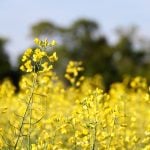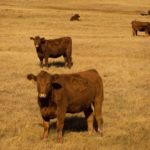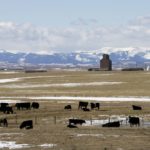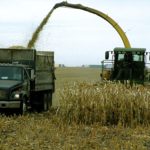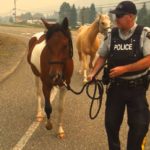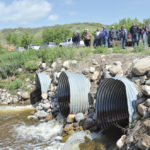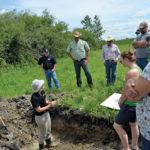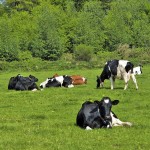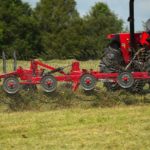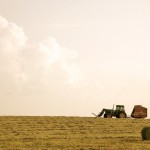CNS Canada — Forage supplies are starting to dwindle across Western Canada following a long, cold, winter and rain is needed soon to make for a good forage crop this year. “People tended to kind of blend hay this year and they managed to get through. But the prolonged cold spring really I think put


